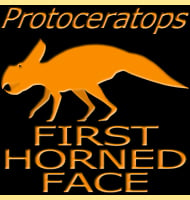Oryctodromeus
In Depth The discovery of three Oryctodromeus individuals at the bottom of a two meter long burrow that was filled with sediment was proof that some dinosaurs had adapted to burrowing. There are several advantages to burrowing, including safer rearing of young, having a retreat to escape to from predators, to being more able to … Read more
